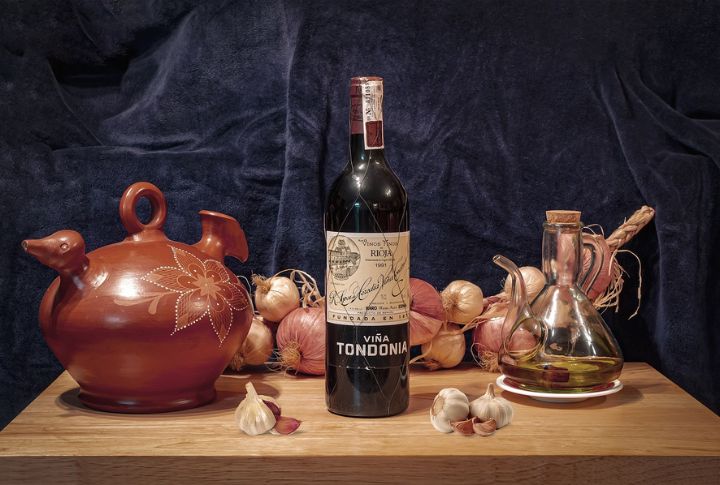
Ancient medicine wasn’t all herbs and chants. It involved many bizarre treatments that sound unthinkable today. Yet, some sparked discoveries that are still being used in modern hospitals. Here are some of those shockingly strange treatments that shaped medical history in wild ways.
Mercury Elixirs
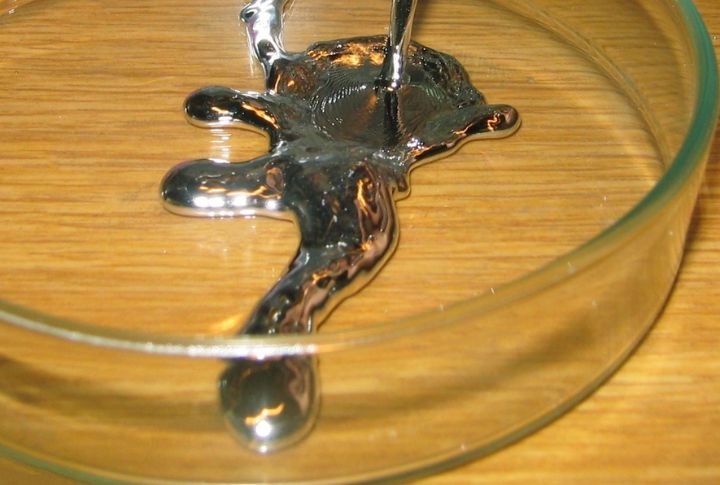
Once considered a wonder cure, mercury elixirs merged alchemy with medicine. Used from ancient China to medieval Europe, these mixtures treated syphilis and skin conditions. Despite their harmful toxicity, mercury-based remedies remained popular for centuries. It highlights the lengths people would go to find cures.
Honey For Wounds

Sticky and golden, honey was a trusted wound healer in Egypt, Greece, and China. Its natural antibacterial properties prevented pathogens and sped up recovery. Modern science confirms honey’s ability to fight bacteria like Staphylococcus aureus, making it a timeless medical marvel.
Willow Bark For Pain Relief
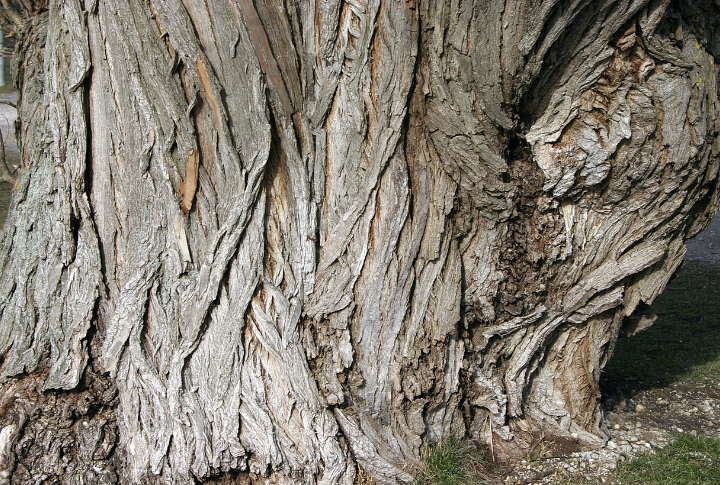
People have known the power of Willow trees for ages. Crushed willow bark soothed fevers and body aches as early as 400 BCE. Sumerians used it, and centuries later, chemists extracted its active ingredient, salicin, to create aspirin. Today, aspirin remains a frontline painkiller.
Cow’s Bile
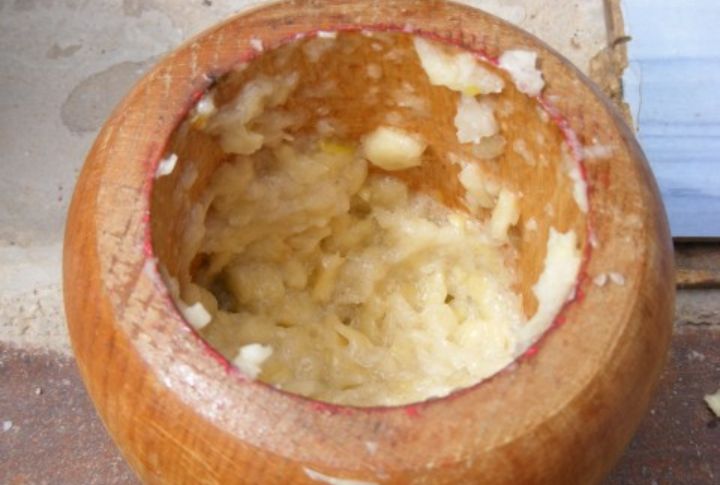
A medieval Anglo-Saxon remedy made of garlic, wine, and cow bile sounds unappealing, but it was surprisingly effective for eye infections. This 10th-century mixture showed potent results against MRSA superbugs and shocked scientists in 2015 when it outperformed their expectations in modern testing.
Maggot Therapy
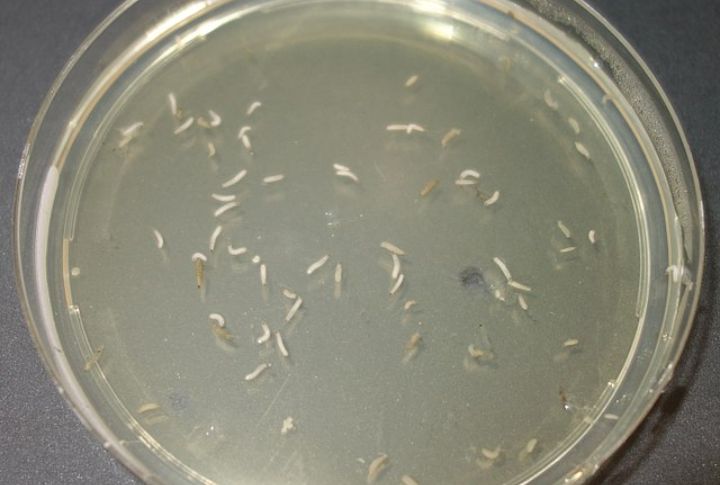
Squirming maggots might make your skin crawl, but battlefield medics relied on them to clean wounds. These larvae selectively devour decomposing tissue while secreting infection-fighting enzymes. Hospitals still use them for stubborn wounds, proving that nature’s cleanup crew deserves some credit.
Leech Therapy
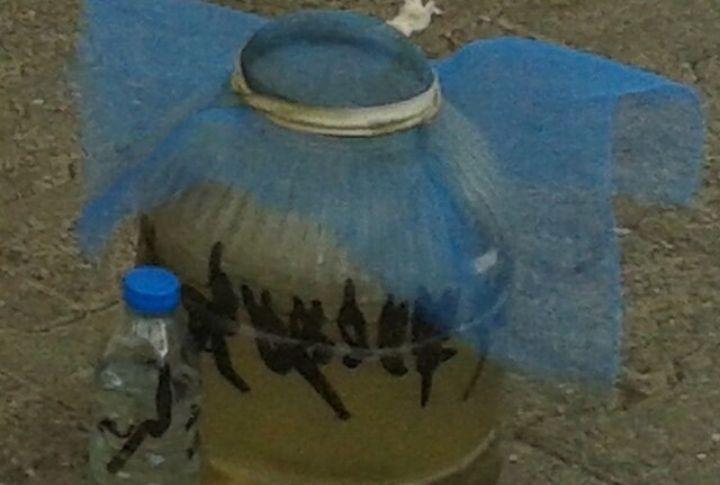
Ancient physicians used leeches to “balance the blood.” The reasoning was flawed, but the results weren’t. Leeches produce hirudin, a powerful anticoagulant that prevents blood clots. Modern surgeons employ them in reconstructive procedures, as it ensures grafts and reattached limbs get proper circulation.
Trepanation (Drilling Holes In The Skull)
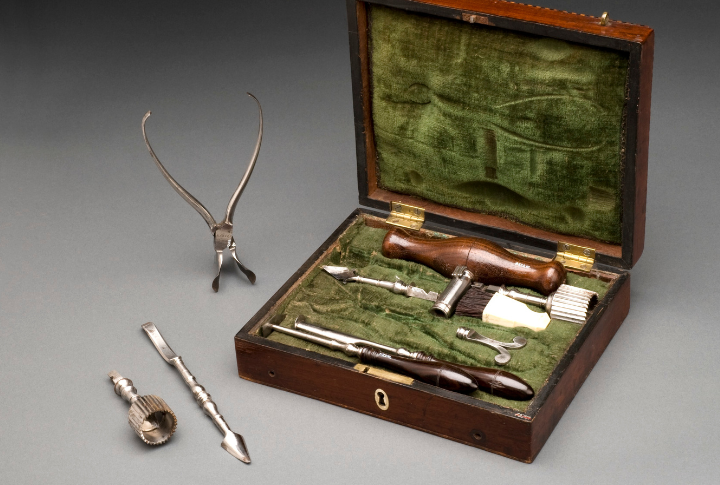
Drilling a hole in someone’s head sounds barbaric, right? However, archaic healers did it to relieve pressure from head injuries and seizures. Skulls from 7,000 years ago show signs of cure, which proves some patients survived. Today’s neurosurgeons also perform similar procedures, minus the use of stone tools.
Stool Transplants

Ancient Chinese physicians prescribed “yellow soup” (yes, that means feces) to treat severe diarrhea. The logic? Restoring gut health. Modern medicine revived the practice of fecal microbiota transplantation (FMT), an effective cure for Clostridium difficile ailments. Sometimes, gross solutions get the job done.
Mummy Powder
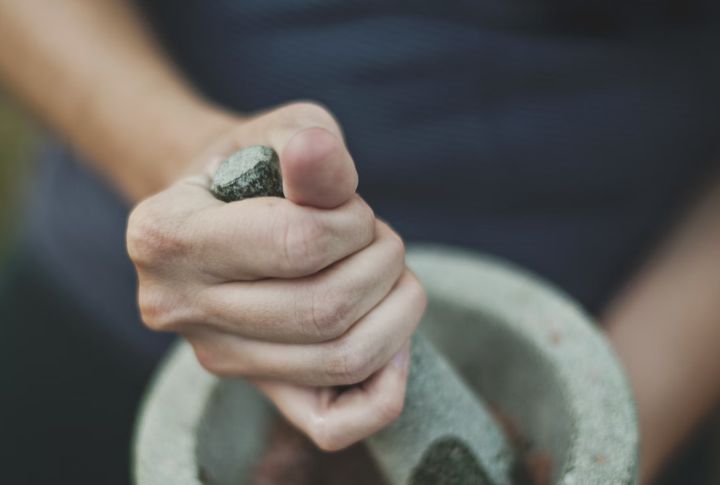
Mummy powder was a widely used remedy for various ailments during medieval times. Made from ground-up mummified bodies, it was believed to cure various ailments. Misinterpretations of Arabic medical texts fueled its demand, making this hideous treatment a common yet misguided staple of medieval healthcare.
Corpse Medicine (Again)
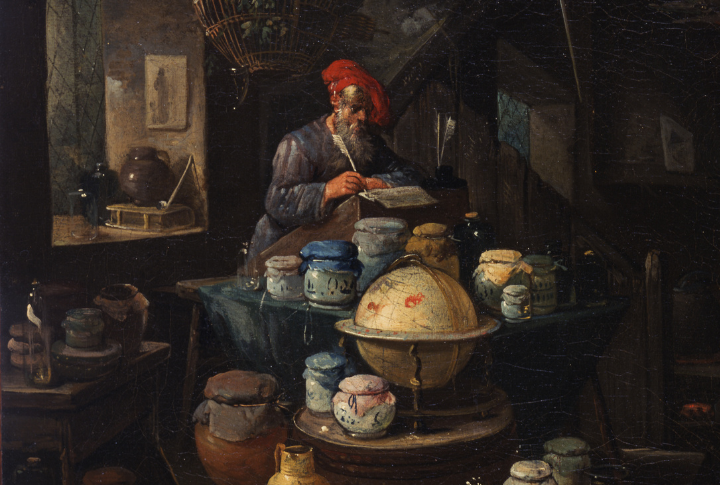
Until the 18th Century, this medicine was widely used in Europe and beyond. Gladiator blood was taken for strength, among other solutions. These strange treatments stemmed from a belief in the bygone healing power practices that even royalty wasn’t afraid to try!
Mouse Paste

In pharaonic Egypt and later in Elizabethan England (16th–17th centuries), some folk remedies involved pressing a halved mouse against an aching tooth to relieve pain. Though peculiar, this practice highlights people’s limited medical knowledge of the time and desperate measures to ease their suffering
Bloodletting
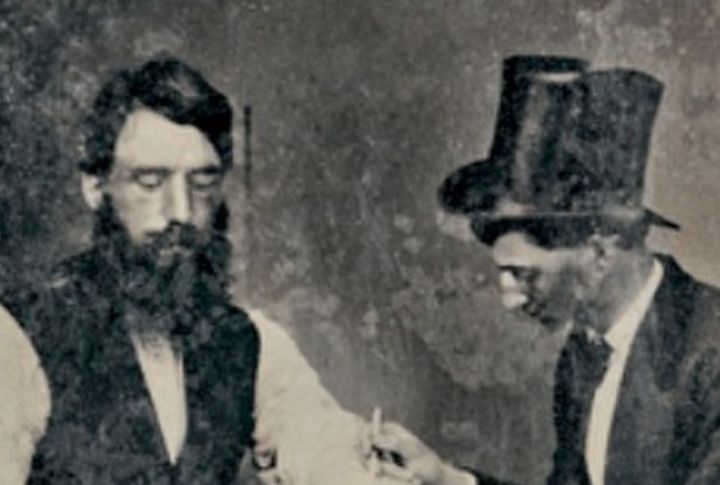
From prehistoric Greece to medieval Europe, bloodletting “balanced the humors.” Though it rarely helped, it accidentally worked for conditions like hemochromatosis, where excess iron damages organs. Today, doctors use controlled blood removal (therapeutic phlebotomy) to manage the same disorder. It was a lucky break for medieval medicine.
Dissection For Medical Knowledge

Back then, dissections were controversial yet essential. Physicians like Vesalius challenged misconceptions by studying real human bodies. Their findings revolutionized medicine, paving the way for modern anatomy. Every textbook on human biology today owes something to these once-taboo practices.
Cesarean Sections
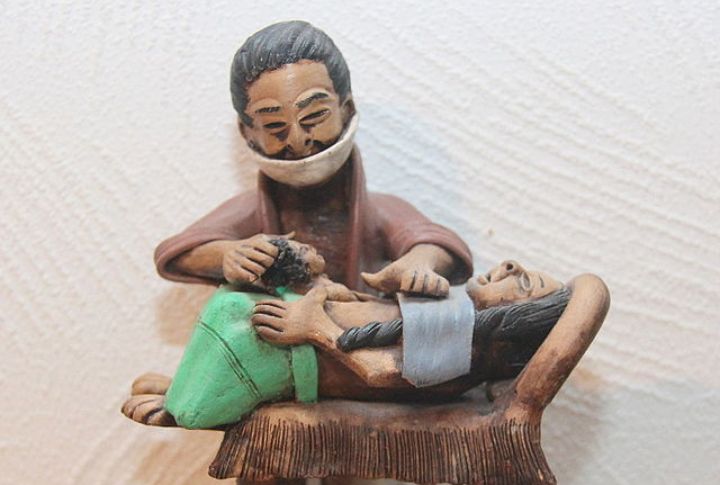
Cesarean sections used to be a dire procedure, typically attempted only when the mother had passed or was nearing her end. With minimal survival chances, it remained a last-ditch effort. Yet, advancements have transformed it into a widely standard childbirth method.
Nightshade
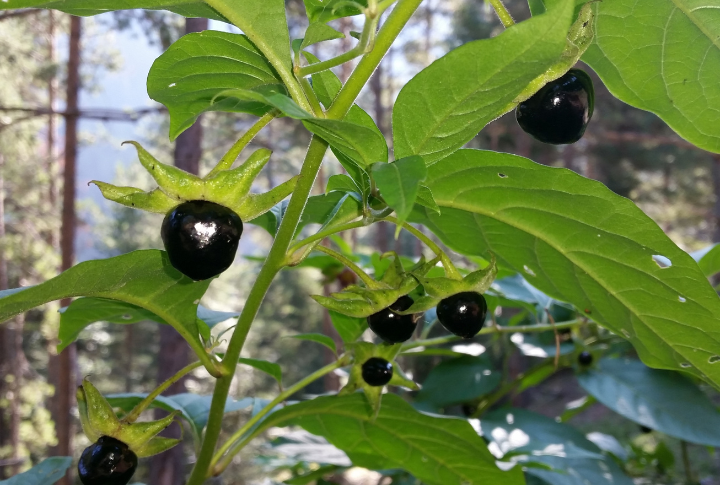
Atropa belladonna, also known as nightshade, was both an enchanting and perilous plant. Venetian women once used it to enhance their beauty by enlarging their pupils, while assassins and soldiers weaponized its poison. Its intense alkaloids induced hallucinations and paralysis, making it both mesmerizing and lethal.
Artemisinin From Wormwood

A 1,600-year-old Chinese text described sweet wormwood’s fever-fighting properties. In 1972, scientists extracted artemisinin, an anti-malarial compound, from the plant. The result? A life-saving drug that’s rescued millions. It explains how history’s most bizarre remedies can evolve into enduring medical breakthroughs.
Garlic For Infections

Archaic Egyptians used garlic to treat infections, as did the Greeks and Romans, believing in its healing properties. They were right because garlic contains allicin, an effective antimicrobial compound. Modern research confirms its ability to fight bacteria, which makes this pungent bulb a natural antibiotic.
Poo Ointment
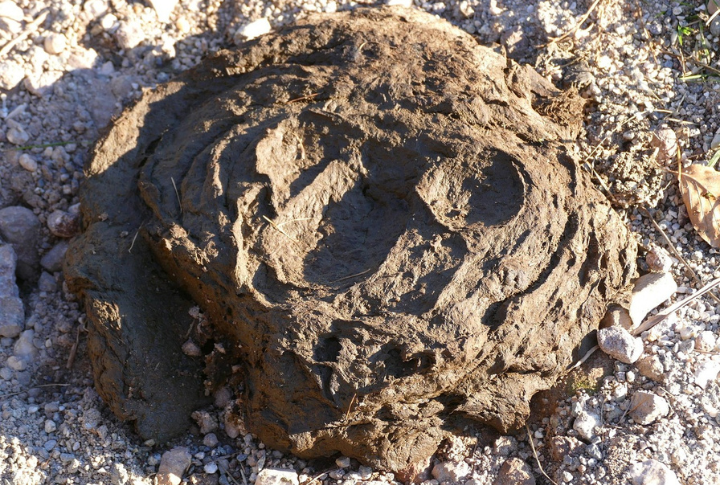
In some early civilizations, animal dung was applied to wounds, a practice that sounds disastrous. While some feces contain beneficial microbes, the infection risk far outweighs any benefits. Modern medicine rejects this, though historical observations of microbes indirectly contributed to probiotics and microbiome research.
Walcher’s Position In Childbirth
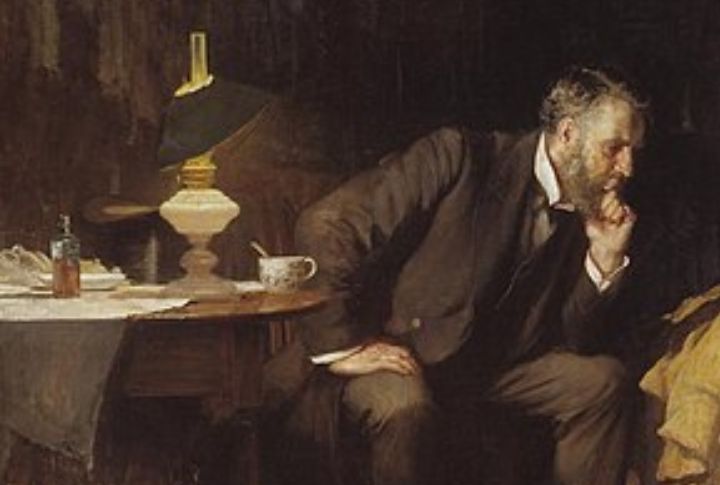
In the late 19th Century, doctors advised laboring women to tilt their pelvises in a specific way to ease difficult births. It is now called the Walcher position. Modern midwives still use this technique in complex deliveries. Historical obstetrics wasn’t always misguided since this technique remains valuable.
Opium From Poppies
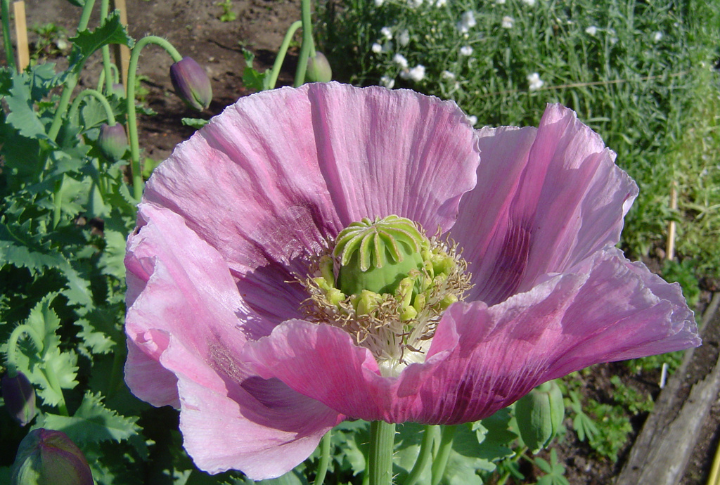
Pain relief in the ancient world? Opium. Sumerians cultivated poppies over 5,000 years ago, and Hippocrates prescribed them for everything from insomnia to pain. Today, opium derivatives like morphine and codeine remain essential in pain management, proving this drug’s lasting impact.

